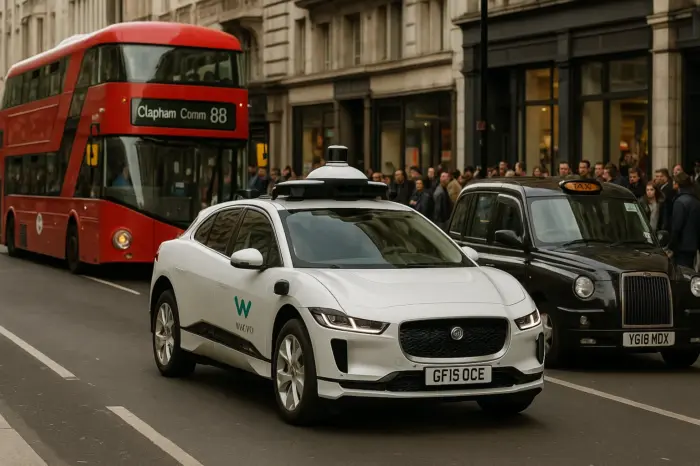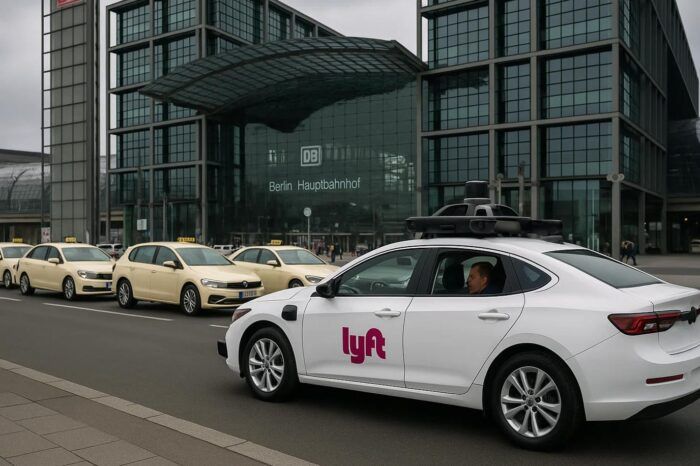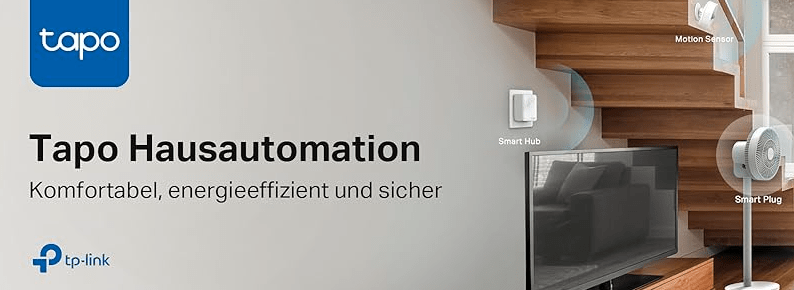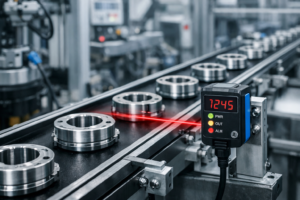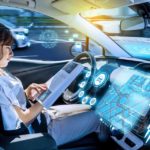Selbstfahrende Autos: Hat sich die Branche überschätzt?
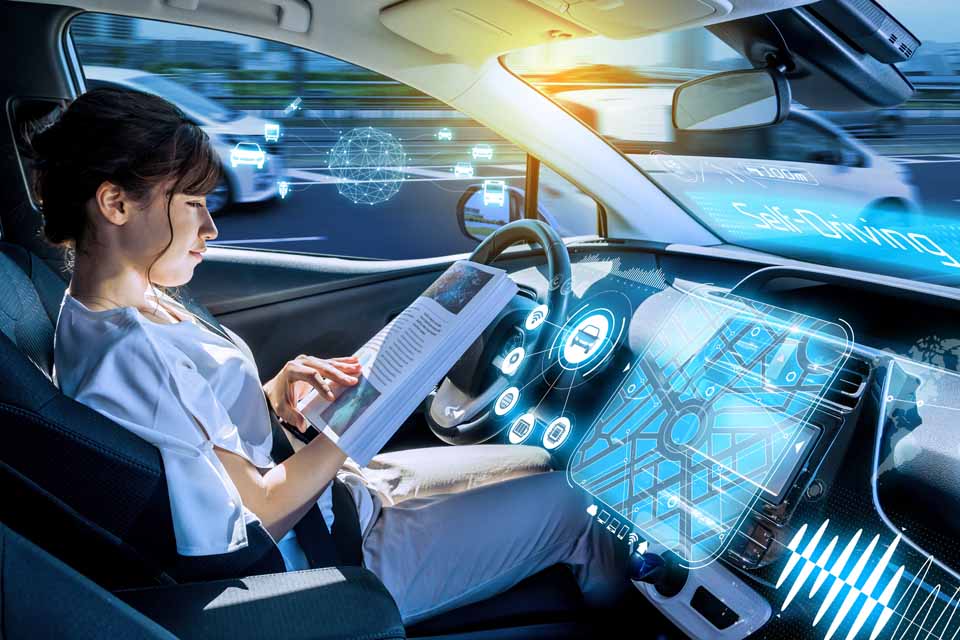
Ein Artikel aus der New York Times lässt aufhorchen. Selbstfahrende Autos lägen entgegen allgemeiner Erwartungen weiter in der Zukunft als angenommen. Die Zeitung zitiert Manager der Autobranche und KI-Entwickler, die nicht an eine baldige Revolution auf der Straße glauben. Ist das autonome Fahrzeug doch noch nicht bereit für den Massenmarkt?
Die Geschichte erinnert so ein bisschen an dern smarten Kühlschrank, der selbsttätig für Nachschub sorgen soll. Erste Modelle geistern bereits seit Ende der 1990er Jahren durch die Schlagzeilen. Doch auch 20 Jahre später sind sie längst nicht im Massenmarkt angekommen.
Hat die Autobranche sich selbst überschätzt?
Im März 2018 verunglückte in Kalifornien Apple Ingenieur Walter Huang in seinem 2017er Tesla Model X tödlich, als das Fahrzeug im Autopilot-Modus ungebremst mit rund 109 Stundenkilometern in eine Beton-Mittelleitplanke prallte. Huang hatte den Autopiloten 10 Sekunden vor dem fatalen Crash eingeschaltet und danach sofort die Hände vom Lenkrad genommen. Im Mai desselben Jahres verunglückte ein Fahrer eines Model X, diesmal in Florida, als es in ein geparktes Polizeifahrzeug fuhr. Diesmal blieb es glücklicherweise bei Blechschäden.
Ein Jahr später, im März 2019 starb Jemery Beren Banner in Palm Beach in seinem Tesla Model 3, als das Fahrzeug ebenfalls 10 Sekunden nachdem der Autopilot aktiviert wurde, in einen vorausfahrenden Truck raste. Das erste Opfer eines Tesla im semi-autonomen Modus war Joshua Brown. 2016 kollidierte auch sein Fahrzeug in Florida mit einem die Straße querenden LKW.
Streit um das optimale Erkennungssystem
Nach jedem einzelnen Unfall entbrennt der Streit aufs Neue: Branchenkenner bemängelten das Erkennungssystem in Tesla Fahrzeugen. Tesla Verteidiger wiederum argumentieren, dass Tesla nie behauptet habe, seine Fahrzeuge seinen für vollständig autonomes fahren geeignet. Der Fahrer müsse immer die Hände am Lenkrad haben um rechtzeitig eingreifen zu können. Die Fahrer hätten das Auto und seine Fähigkeiten nachlässig überschätzt.
Ein technischer Kritikpunkt am Tesla ist das fehlende LIDAR Erkennungssystem in Tesla Fahrzeugen. Bei dem „Light Detection and Ranging“ genannten System handelt es sich um ein Radar-ähnliches System, das autonom fahrenden Autos helfen soll, ihre Umgebung und das Verhalten anderer Verkehrsteilnehmer richtig einzuschätzen. Die Lidar-Technik kann mithilfe von Laserimpulsen ihre Umgebung 300 Meter weit abtasten. Daraus entsteht ein dreidimensionales Bild der Umgebung, an der sich das Fahrzeug orientieren kann. Die meisten Fahrzeughersteller verwenden neben Kameras, Ultraschall und Radarsensoren eben auch noch das LIDAR System zur Umgebungserkennung. Nur Tesla verzichtet bislang darauf und hat in seinen Fahrzeugen „nur“ 8 Kameras, 12 Ultraschallsensoren und ein nach vorne gerichtetes Radar eingebaut.
Unfassbare Datenmengen, Entscheidungen in Millisekunden
Um die unfassbaren Datenmengen zu erfassen, auszuwerten und dann noch das Fahrzeug in Bruchteilen von Sekunden Entscheidungen treffen zu lassen, richtet an die in den Autos verbauten Computer höchste Ansprüche. Eine Cloud-Lösung, bei der die Daten zunächst an ein Rechenzentrum zur Auswertung geschickt werden, kommt bei den notwendigen kurzen Reaktionszeiten ohnehin nicht in Frage.
Und hier stehen wir offenbar nun doch vor einem größeren Problem als gedacht. Ford und andere Unternehmen sagen, dass die Branche die Ankunft autonomer Fahrzeuge überschätzt habe. Das Hauptproblem: Man habe immer noch Schwierigkeiten vorauszuberechnen, was andere Verkehrsteilnehmer tun.
Selbstfahrende Busse sind da offenbar weniger ein Problem. Sie fahren auf festgelegten Routen und mit niedrigen Geschwindigkeiten. Viel schwere ist es, schnellen PKW ein sicheres Eigenleben einzuhauchen.
Nun haben sich Ford und VW zusammengetan, um mit dem auf autonome Fahrzeugtechnologie spezialisierten StartUp Argo AI aus Pittsburgh, das Thema voran zu treiben. Bereits 2021 sollten in einigen Stadtgebieten Autos autonom für Fahrgemeinschaften eingesetzt werden. Ob man den Zeitrahmen einhalten kann?
Der Faktor Mensch
Argos Chef Bryan Salesky beschreibt dabei das Hauptproblem beim autonomen Fahren: Der Mensch. Im Straßenverkehr verhielten sich die Teilnehmer nicht immer gewünscht. Radfahrer auf der falschen Straßenseite, Reinigungsfahrzeuge, die unerwartet die Richtung wechselten. „Mit Radar- und hochauflösenden Kameras und all der Rechenleistung, die wir haben, können wir die Objekte auf einer Straße erkennen und identifizieren. Das Schwierige ist, vorwegzunehmen, was sie als nächstes tun“, sagte er gegenüber der New York Times.
Nach Saleskys Angaben sind bislang etwa 80 Prozent der Technologie entwickelt worden, die man benötigt, um selbstfahrende Autos in den Routinebetrieb zu bringen. Die noch fehlenden 20 Prozent aber, einschließlich der benötigten Software die zuverlässig vorhersagt, was andere Verkehrsteilnehmer tun werden, wird allerdings viel schwieriger.
Problematik Mikromanöver
„Wir haben die Ankunft autonomer Fahrzeuge überschätzt“, sagt dann auch Fords Vorstandsvorsitzender Jim Hackett im April im Detroit Economic Club.
Problematisch sind zudem die so genannten „Mikromanöver“, also wenn beispielsweise Fahrzeuge auf der Suche nach einem Parkplatz langsamer fahren und das autonome Fahrzeug dahinter vorsichtiger und mit größerem Abstand folgen muss. Klar kann man jedes Auto so programmieren, dass es bei gefährlichen Situationen stets unmittelbar auf die Bremse tritt. Aber ein übervorsichtiges Auto ist für einen fließenden Straßenverkehr ebenfalls nicht akzeptabel.
Vielleicht müssen wir unsere Erwartungen etwas zurückschrauben. Selbstfahrende Autos werden kommen. Vielleicht dauert es nur ein bisschen länger.





